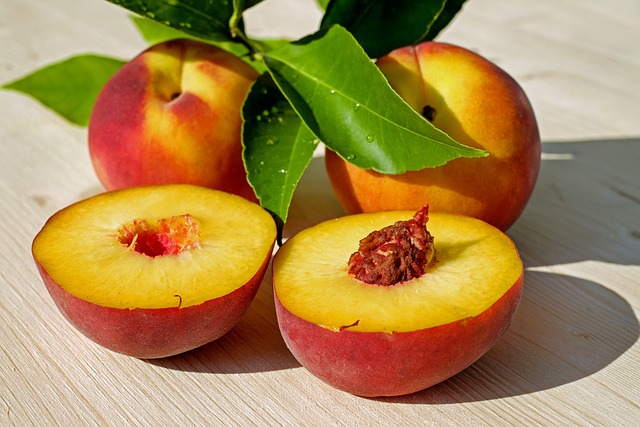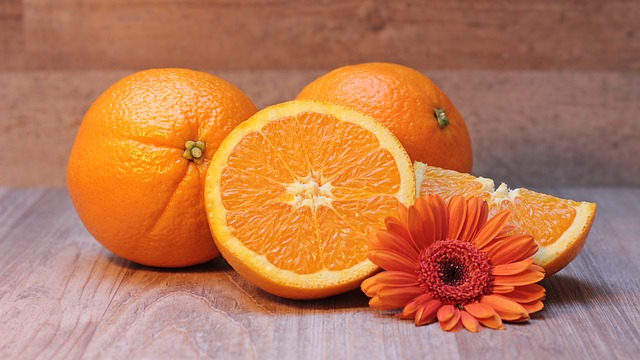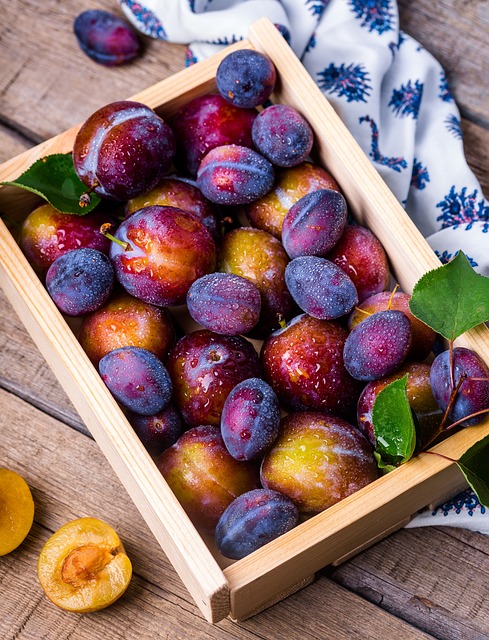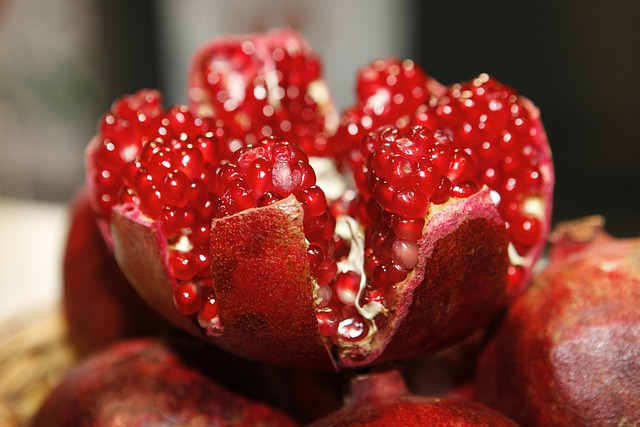Beyond Yogurt: Exploring the World of Non-Dairy Probiotic Sources
Probiotics have gained significant attention in recent years for their potential health benefits. These live bacteria and yeasts can provide numerous advantages for our gut health and overall well-being. While yogurt has long been touted as a popular probiotic source, there are plenty of non-dairy alternatives available for those who cannot consume dairy products or simply want to explore other options. In this article, we will take a dive into the world of non-dairy probiotic sources.
Kombucha
Kombucha is a fermented tea drink that has been consumed for centuries. It is made by adding a SCOBY (symbiotic culture of bacteria and yeast) to sweetened tea and allowing it to ferment for about a week. The result is a tangy and fizzy beverage packed with probiotics.
Aside from being a great source of probiotics, kombucha is also rich in antioxidants and organic acids that can support digestion and boost the immune system. It comes in various flavors and can be enjoyed as a refreshing alternative to sodas or sugary drinks.
Sauerkraut
Sauerkraut is a traditional German dish made from fermented cabbage. The fermenting process is achieved by using lactic acid bacteria, which convert the sugars in cabbage into lactic acid. This not only gives sauerkraut its sour taste but also creates a probiotic-rich food.
In addition to its probiotic content, sauerkraut is an excellent source of fiber, vitamins C and K, and various minerals. It can be consumed as a side dish, added to sandwiches or salads, or even used as a topping for hot dogs.
Kimchi
Kimchi is a spicy Korean side dish that is famous for its powerful flavors and probiotic properties. It is made by fermenting vegetables, typically cabbage, with various seasonings such as red chili pepper flakes, ginger, and garlic.
This fermented delight is not only a source of beneficial bacteria but also contains vitamins A, B, and C, as well as iron and fiber. Kimchi can be enjoyed as a side dish, added to stir-fries, or even used in pancake batter for an extra kick.
Miso
Miso is a traditional Japanese seasoning made from fermented soybeans, rice, or barley. It is commonly used to make miso soup, but can also be added to sauces, marinades, and dressings for a unique flavor.
Aside from its probiotic effects, miso is also a good source of essential amino acids, vitamins, and minerals. It has a savory umami taste that adds depth to dishes and can be easily incorporated into a variety of recipes.
Tempeh
Tempeh is a fermented soy-based product originating from Indonesia. It is made by culturing cooked soybeans with a fungus called Rhizopus oligosporus. The fermentation process binds the soybeans together, creating a firm texture and nutty flavor.
Not only does tempeh provide probiotics, but it also offers a good amount of protein, fiber, and various nutrients. It can be used as a meat substitute in dishes like stir-fries, sandwiches, or even grilled and enjoyed as a standalone protein-rich option.
Conclusion
While yogurt remains a popular choice for obtaining probiotics, there are plenty of non-dairy options available for those who prefer or require alternatives. From kombucha and sauerkraut to kimchi, miso, and tempeh, the world of non-dairy probiotic sources is diverse and exciting.
By incorporating these non-dairy probiotic sources into your diet, you can enjoy the benefits of probiotics while exploring new flavors and culinary traditions. Remember to check labels and choose products that contain live and active cultures for maximum probiotic benefits.
So, go ahead and venture beyond yogurt to discover the wide range of non-dairy probiotic sources waiting to elevate your gut health and enrich your taste buds!







